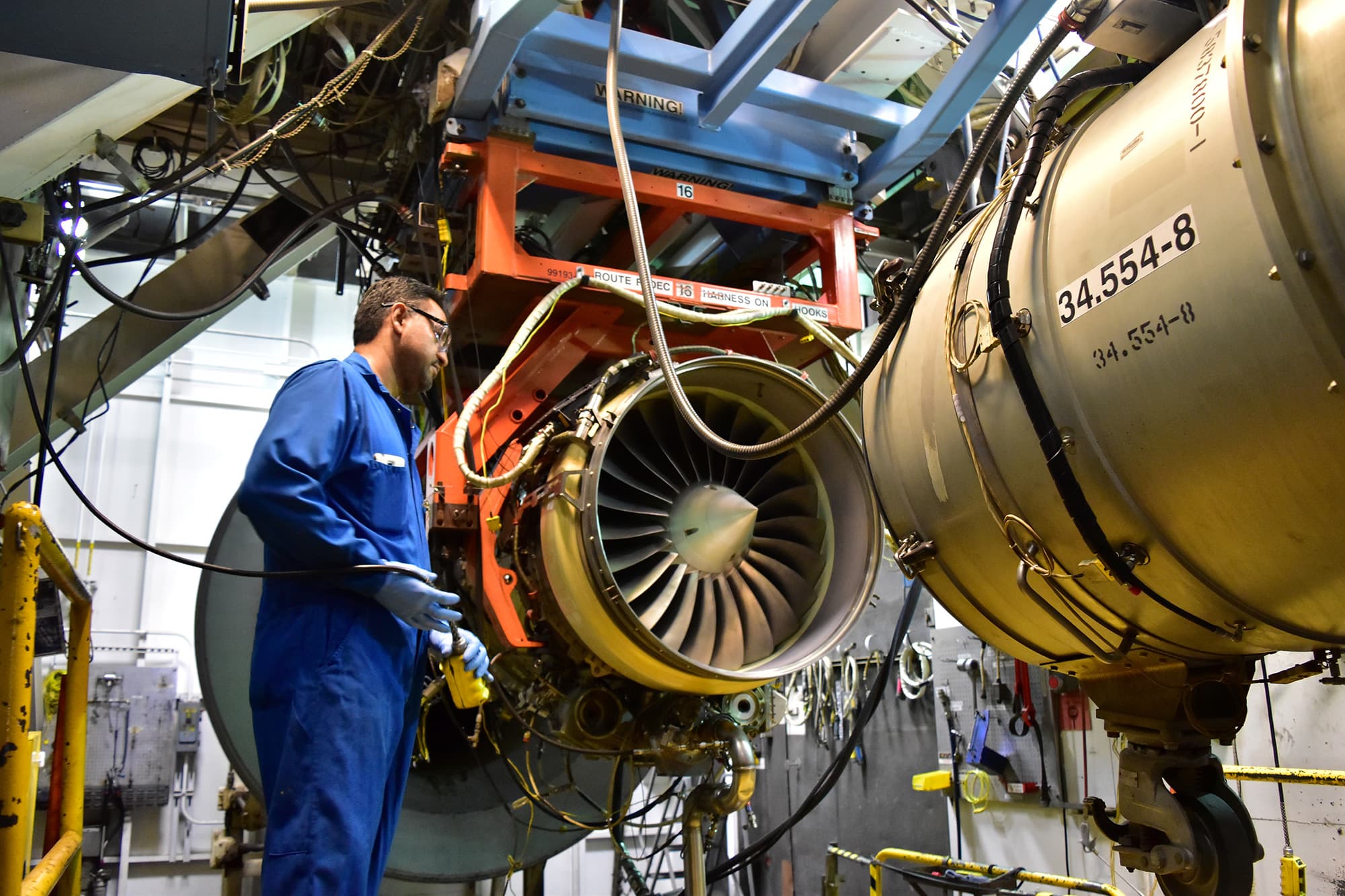- Quick Look at the 2020 Volkswagen Atlas Cross Sport | MotorTrend - March 13, 2024
- BMW Design – 2009 BMW Z4 – 2009 Detroit Auto Show - March 11, 2024
- Top 10 Car Features Women Love - October 7, 2023
DETROIT – Ford Motor reported an ugly fourth quarter, missing Wall Street’s earnings expectations and falling short of its own full-year guidance by $1.1 billion, as the company reported “execution issues” that plagued operations.
Ford’s fourth-quarter net income was $1.3 billion, $11 billion lower than the same period a year earlier. For the full year, Ford lost $2 billion, nearly $20 billion off its 2021 profit.
“We should have done much better last year,” CEO Jim Farley said in an earnings release. “We left about $2 billion in profits on the table that were within our control, and we’re going to correct that with improved execution and performance.”
Shares of Ford were off by more than 6% during afterhours trading. The stock closed Thursday at $14.32 per share, up 3.8% on the session.
Here’s how Ford performed in the fourth quarter, compared with analysts’ estimates as compiled by Refinitiv:
- Adjusted earnings per share: 51 cents vs. 62 cents estimated
- Automotive revenue: $41.8 billion vs. $40.37 billion estimated
The company’s overall revenue increased 16% to $158.1 billion for 2022, including a 17% uptick in the fourth quarter to $44 billion.
In October, Ford said it expected full-year adjusted earnings before interest and taxes of between $11.5 billion and $12.5 billion. On Thursday it reported 2022 earnings of $10.4 billion, nearly flat year over year.
“‘I’m frustrated’ is an understatement, because the year could have been so much more for us at Ford,” Farley told investors during an earnings call.
Missed opportunities
Ford CFO John Lawler said Thursday that the company’s disappointing earnings were largely due to execution and supply chain management issues. The company fell short of expected sales by 100,000 units, equating to about $1 billion in missed earnings, he said.
The automaker’s full-year results were further weighed down by a $7.4 billion loss on its 9.5% stake in electric vehicle maker Rivian Automotive and a $2.8 billion loss associated with disbanding its Argo AI autonomous vehicle unit.
Lawler said the automaker is looking to cut additional costs this year. He did not rule out additional layoffs, specifically in Europe. He said the other $1 billion in missed opportunities last year were related to costs.
“Our cost structure is not competitive,” he said during a media call. “Our quality is not where it needs to be. And we will take the actions and be more aggressive about making sure that we’re making progress on both of those key areas for us in 2023.”
“It’s a significant amount we plan on taking out this year,” Lawler said regarding cost-cutting, adding more information will come throughout the year.
Ford also will be providing more clarity on its traditional business operations, electric vehicles and Ford Pro fleet business units — the automaker said it will begin reporting each business unit separately this year.
Lawler said Thursday that Ford’s EV business is not currently profitable. The company earlier this week cut costs of its top-selling electric Mustang Mach-E crossover in response to Tesla EV price cuts. Farley said higher EV margins will be unlocked with its next-generation vehicles, which are expected to begin production in 2025 at a new plant under construction in Tennessee.
Executives said Ford hoped to offset some of the near-term profit shrink with cost improvements thanks to the additional production as well as a reduction in some commodity costs.
There was pressure on Ford to deliver a strong fourth quarter and relatively solid guidance. Crosstown rival General Motors on Tuesday significantly outperformed Wall Street’s expectations. That automaker also forecast stronger-than-expected 2023 results, including adjusted earnings before interest and taxes of $10.5 billion to $12.5 billion and adjusted earnings per share of between $6 and $7.
For 2023, Ford said it expects to earn between $9 billion and $11 billion in adjusted earnings before interest and taxes, presuming seasonally adjusted annual rates of about 15 million vehicles in the U.S. and about 13 million in Europe.
Ford anticipates generating about $6 billion in adjusted free cash flow. That assumes “no distributions” from its financial arm Ford Credit, the company said.
“We are executing a double transformation. While we’re making progress, it’s hard work,” Farley told investors. “As with any transformation of this magnitude, certain parts are moving faster than I expected and other parts are taking longer.”



